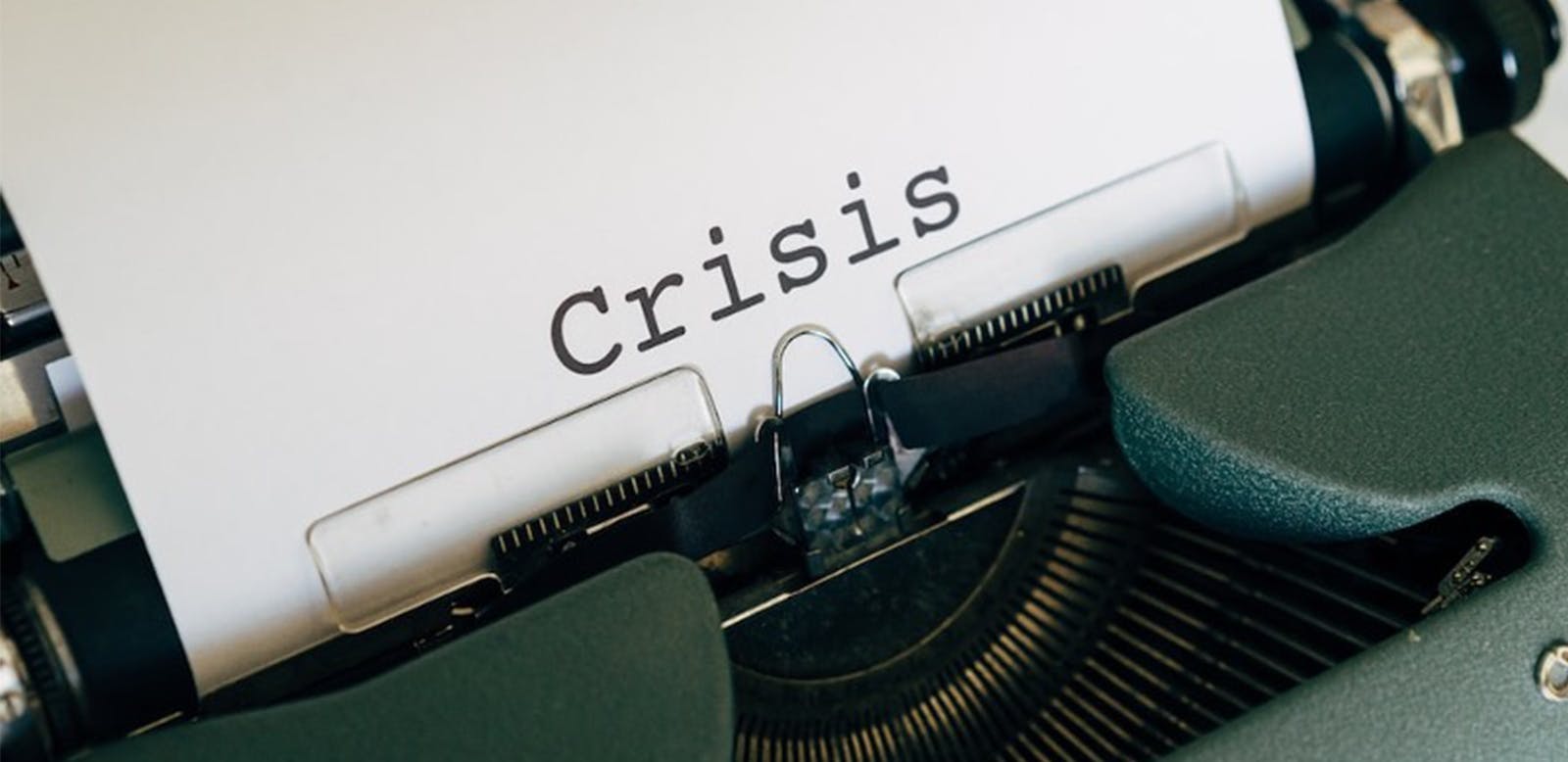By Elena Acuna, Vice President
Last week I attended @PRWeek’s inaugural Crisis Comms Conference in Washington, DC, and the day was filled with interesting and thought provoking panels featuring leaders from across industries including journalists, data analysts, agency executives, and in-house communications professionals. Discussions included lessons learned from the COVID-19 pandemic response, NASA’s crisis planning best practices before a shuttle launch, and even how the Dixie Chicks (now known as “The Chicks”) handled their major PR mishap in 2018.
What emerged most clearly was this: all communications professionals, regardless of the industry — whether it’s entertainment or public health — should be following the universal fundamentals of crisis comms planning for their clients, organizations or brands:
Have a crisis comms plan in place. Always. It might seem like a given, but many organizations either don’t have a crisis comms plan in place, it hasn’t been updated in years, or people haven’t been trained on it. It’s important to not only have a plan of action, but to make sure it’s refreshed regularly and that you’re continually fostering relationships with any key stakeholders, so that in the event of a crisis, everyone is prepared. Panelists discussed a lesson learned coming out of the COVID-19 pandemic was that influential, hyper-local stakeholders are the trusted voices at the community level and the go-to sources for information. “You have to meet people where they are to get the message out,” shared Juana Summers, correspondent at @NPR. When planning for a potential public health crisis in the future, community stakeholders must be engaged from the outset – and organizations should develop these relationships over time, before a crisis arises.
Have a plan in place, but be ready for anything. A crisis plan is like doing a fire drill — you have procedures and processes in place so people know what to do if there is an emergency. However, it’s inevitable that situations will come up that were not anticipated. In these unexpected crisis scenarios, as PR professionals, we must be able to pivot quickly, align stakeholders on the plan of action, and ensure any newly developed messaging resonates with the primary audience.
Before you act, hit the pause button. The critical first step when a situation comes up is to determine if it is in fact a crisis. This requires pressing pause, even if just for a moment, and assessing the landscape. Organizations or individuals could be biased about the magnitude of a situation given their closeness to it. Be sure to consult data—from a social monitoring platform for example—to gain a holistic understanding about if a situation should be elevated to a crisis, because data can help subside initial, emotional responses.
With today’s lightning-fast spread of information, organizations should be prepared for a crisis potentially hitting at any moment, and no industry is immune to crises. But, as Jeff Pegues, correspondent at @CBS News, said — organizations or individuals should first think of where they want to be and who they want to be after a crisis subsides, and work back from there with your plan of action.
